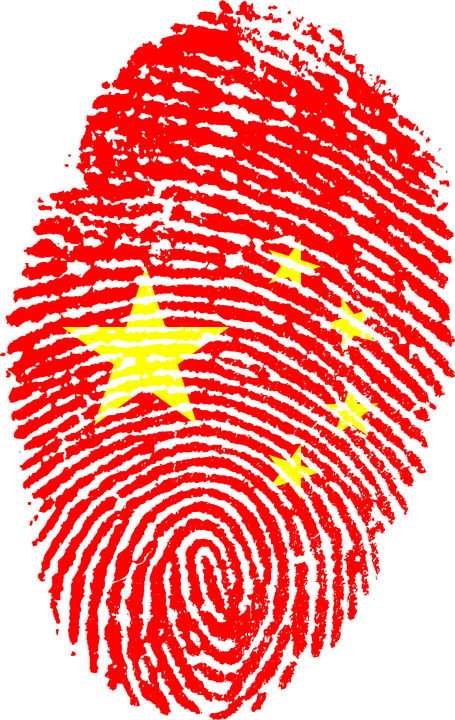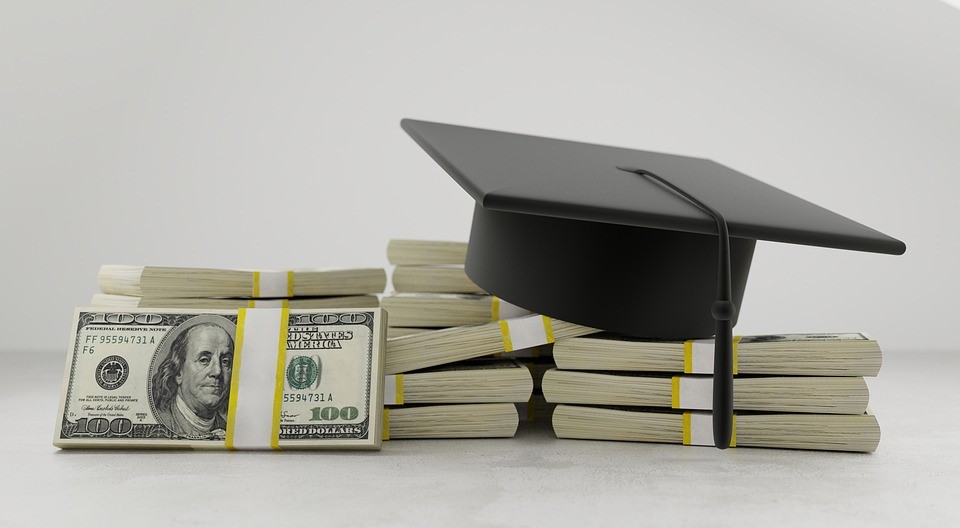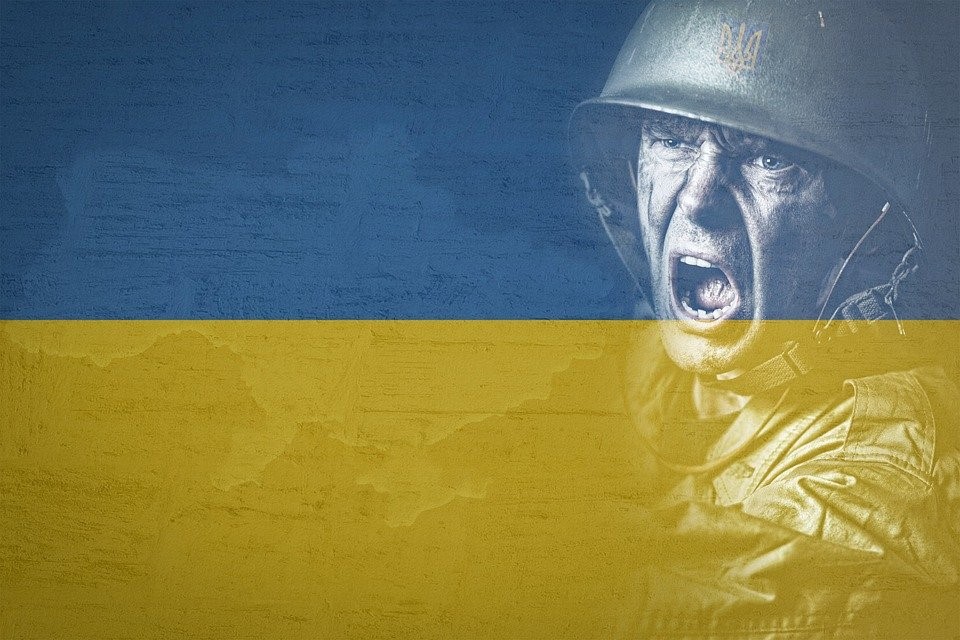When I was the Night Court Judge for Brooklyn, New York, I handled the first court appearance (known as an “arraignment”) for up to 100 people a night. I was responsible for using my discretion to decide whether to set bail on a defendant, or whether they could be trusted to return to court on their own (“release on own recognizance,” or “ROR”).
There were several factors I used in making my decision. Did the defendant have a history of not returning to court (a defendant’s criminal history, or “rap sheet,” which lists the number of times a “bench warrant” was issued for a defendant’s arrest when that defendant failed to appear for a court appointment)? Did they have open and pending cases? Did they have “ties to the community,” that is, a stable residence and family, or a job?
Open and pending cases was always a great concern of mine. If the majority of us had been arrested for anything, most of us would make sure we did not place ourselves in a position to be rearrested. The fact that a person has a case pending for drug sales, robbery, or driving while under the influence, and is arrested for another offense while that first case is still open, usually points to a larger problem. Multiple robberies and drug sales are often an indicator of gang activity; repeated DUI’s or domestic violence arrests can be caused by psychological issues.
In either instance, when a defendant was a repeat offender – a “recidivist” – and especially if that defendant had more than one open and pending cases, I was extremely likely to set bail and stop that defendant’s pattern of criminal activity.
Under the current “no bail” laws, I could no longer follow this basic analysis to its logical conclusion. The “Bail Elimination Act of 2019” specifically states that “(w)hen a principal, whose future court attendance at a criminal action or proceeding is or may be required, initially comes under the control of a court, such court…SHALL…RELEASE THE PRINCIPAL PENDING TRIAL ON THE PRINCIPAL’S PERSONAL RECOGNIZANCE, UNLESS THE COURT FINDS ON THE RECORD THAT RELEASE ON RECOGNIZANCE WILL NOT REASONABLY ASSURE THE INDIVIDUAL’S COURT ATTENDANCE. IN SUCH INSTANCES, THE COURT WILL RELEASE THE INDIVIDUAL UNDER NON-MONETARY CONDITIONS, SELECTING THE LEAST RESTRICTIVE ALTERNATIVE THAT WILL REASONABLY ASSURE THE PRINCIPAL’S COURT ATTENDANCE. THE COURT WILL SUPPORT ITS CHOICE OF ALTERNATIVE ON THE RECORD. A PRINCIPAL SHALL NOT BE REQUIRED TO PAY FOR ANY PART OF THE COST OF RELEASE UNDER NON-MONETARY CONDITIONS.” (Caps in original.)
In other words, the Court’s of New York are required to release a defendant, and even if the Court finds a reason to hold a defendant after their arrest, the Court must still “release the individual under non-monetary conditions, selecting the least restrictive alternative” to insure the defendant’s return.
In the two years since this new system took effect, how has the Bail Elimination Act worked for New York?
“10 career criminals (have) rack(ed) up nearly 500 arrests after New York enacted its controversial bail reform law – and most of them are still out on the streets…statistics compiled by the NYPD…show that the city’s alleged ‘worst of the worst’ repeat offenders have been busted a total of 485 times since bail reform went into effect in 2020. Two of the defendants are actually accused of embarking on lives of crime in the wake of bail reform, with one busted 33 times since 2020 and the other busted 22 times.”
Meanwhile, in June of this year, “(a) ‘professional booster‘…notched what could be her 100th bust over the weekend – and was released without bail yet again…Michelle McKelley, 42, was arrested…for allegedly pocketing $125 worth of goods from a CVS in Lower Manhattan, and then was freed under the state’s soft-on-crime criminal justice reforms. Prosecutors said in Manhattan Criminal Court…that McKelley has failed to appear in court 27 times on her multitude of past arrests – and has five other pending cases. But the charges do not qualify for bail under the 2019 state reform, which means prosecutors could only ask that she be let go on supervised release while the case is pending.”
Then there is the 16 year old who was arrested after a wild altercation with a police officer in a New York City subway station. In July, just days before his fist fight with the police, the youth had been arrested for a violent robbery in which “he and three others jumped a 49-year-old man on a Midtown street, punching the victim and running off with his cellphone. Prosecutors with the Manhattan District Attorney’s Office requested he be released with ‘intensive community monitoring’ at his arraignment, though they could have requested bail on the top robbery charge. A few days later…the boy was arrested for the subway incident, in which he was caught on camera violently attacking a Manhattan cop after allegedly jumping a turnstile at the 125th Street-Lexington Avenue station in East Harlem. The teen was again released without bail …”
It is any wonder, then, that according to New York Mayor Eric Adams, “Time and time again, our police officers make an arrest, and then the person who is arrested for assault, felonious assaults, robberies and gun possessions, they’re finding themselves back on the street within days– if not hours — after the arrest…(a)nd they go on to commit more crimes within weeks, if not days…(o)ur criminal justice system is insane.”
Mayor Adams can expect no help from the District Attorney’s Office. Manhattan DA Alvin Bragg, elected with the help of George Soros, believes that “(r)eversing the effects of mass incarceration is an urgent moral, civil rights, and human rights issue and is one of (his) highest priorities as Manhattan District Attorney…Alvin believes that…prison sentences (are) imposed far too often…for nonviolent cases and others for which prison is not warranted. These excess prison sentences do not make us safer. In fact, they make us less safe because they increase the chances of recidivism.”
Would a prison sentence , or at least the threat of jail time, perhaps put an end to the criminal activity of the shoplifter on her 100th arrest, or any of the 10 defendants responsible for almost 500 arrests since 2020? Common sense would seem to indicate this being the case. But DA Bragg believes in “(e)xpanding Restorative Justice programming significantly and relying heavily on it…(t)he programming will be community-based and not operated by the DA office or any other law enforcement entity.”
In other words, DA Bragg believes placing a recidivist in jail will not stop recidivism – but community based programs will.
What if the defendant does not comply with their “Restorative Justice” program? “In any case in which a person allegedly violates the terms of a non-incarceratory sentence,” the Manhattan DA will “seek an incarceratory ‘alternative’…only as a matter of last resort, after repeated opportunities are afforded for a successful completion of the mandate. Research shows that relapses are part of the road to recovery…”
In other words, rather than place the serial shoplifter in jail, DA Bragg would have her enroll in a program, and if she fails that program, give her an undetermined number of opportunities to complete the program. What would constitute failure? Not attending the program – and rearrests.
The repetitive nature of the Manhattan DA’s policies are obvious. Instead of seeking a jail sentence for a repeat offender, that offender is given another opportunity to reoffend, with the hope that after a certain undetermined number of chances, that offender will “magically” just give up (maybe from exhaustion), and return to law abiding ways.
What could go wrong?
DA Bragg, and the progressives in the New York State Legislature who established the No-bail laws of 2019, rely upon research studies that “shorter sentences would actually reduce future offending.” However, “much of the academic research regarding the effect of length of incarceration on recidivism suffered from serious methodological flaws, including too-small study sizes and ill-advised attempts to judge the impact of minor differences in incarceration.”
Recently, the United States Sentencing Commission conducted a study to determine if longer jail sentences have an effect on recidivism. The result was predictable to all but Alvin Bragg and his supporters. “For defendants receiving a sentence of more than 60 months (five years), the odds of recidivism were 18 percent lower than a matched group of prisoners receiving shorter sentences. For defendants with sentences of more than 120 months (ten years), the odds of recidivism were 29 percent lower…(c)ontrary to current academic thinking, then, the length of a criminal’s sentence matters quite a bit in reducing future offending.”
It always seemed to be a matter of common sense for me – if someone is offending repeatedly, incarcerating them stops their criminal activity. Until the Manhattan DA and the New York Legislature learn this simple lesson, the citizens of New York can continue to be subjected to more progressive social science experiments – and more crime.
Judge John Wilson served on the bench in NYC
Illustration: Pixabay









